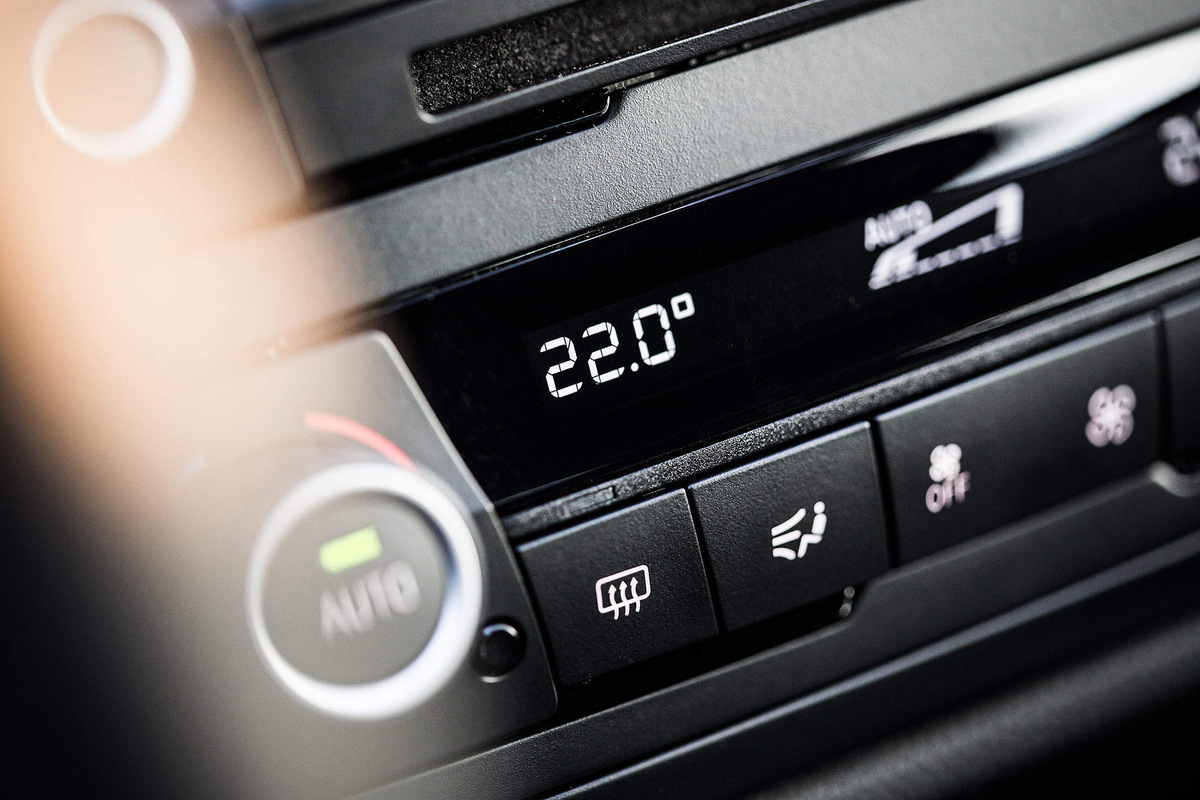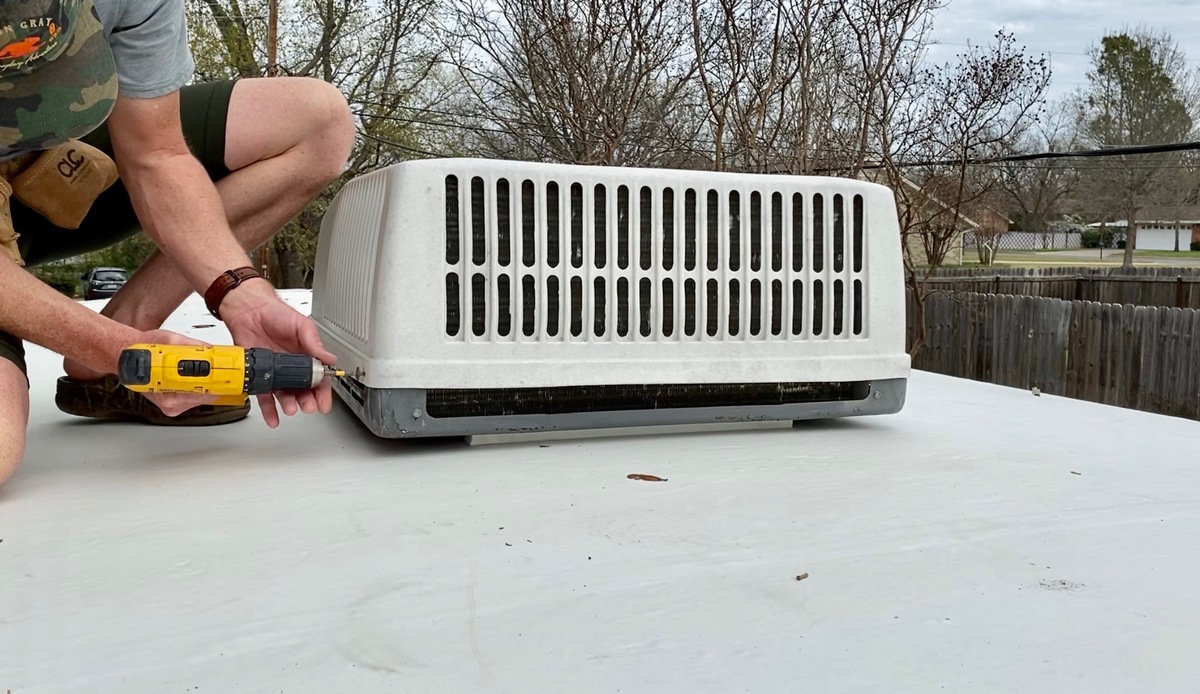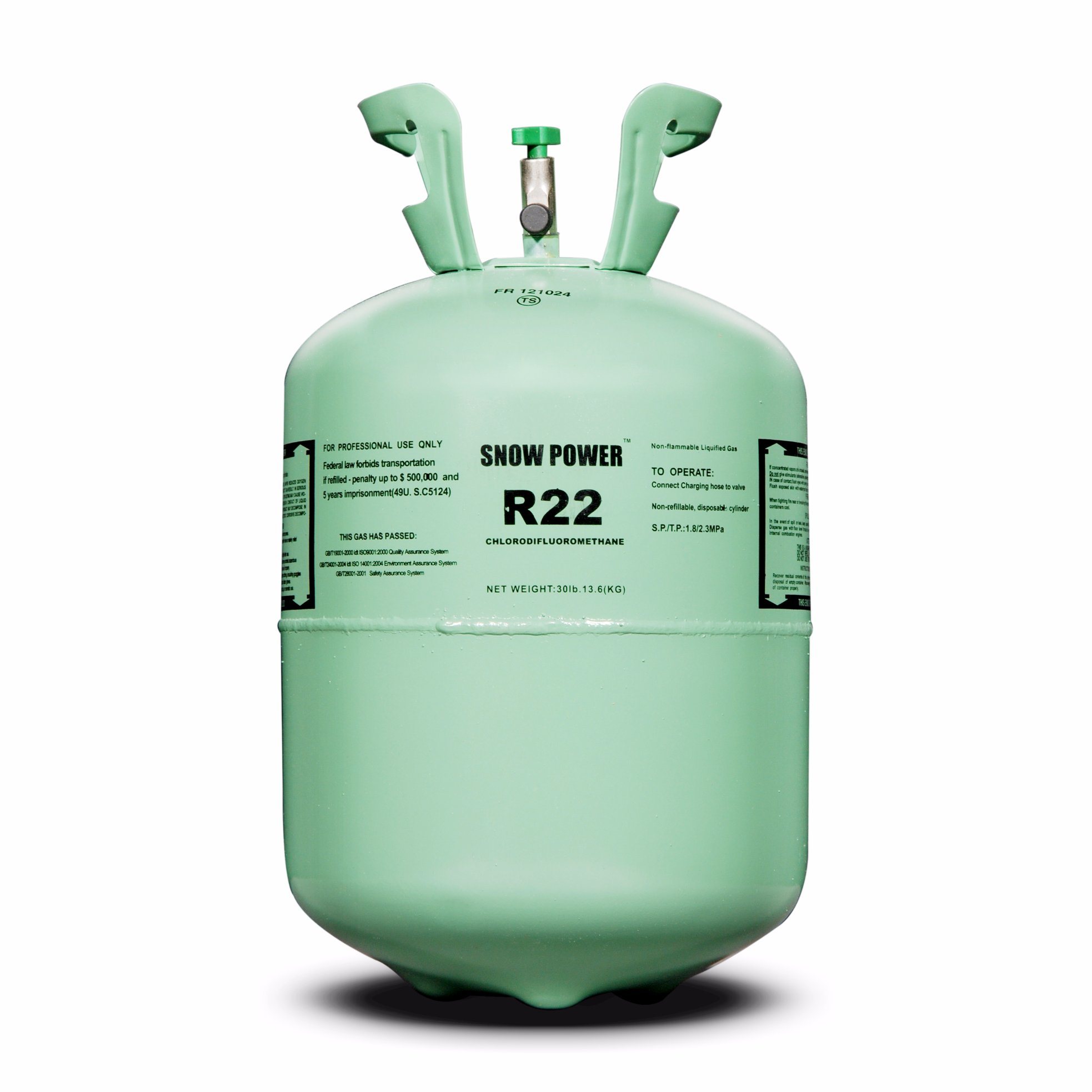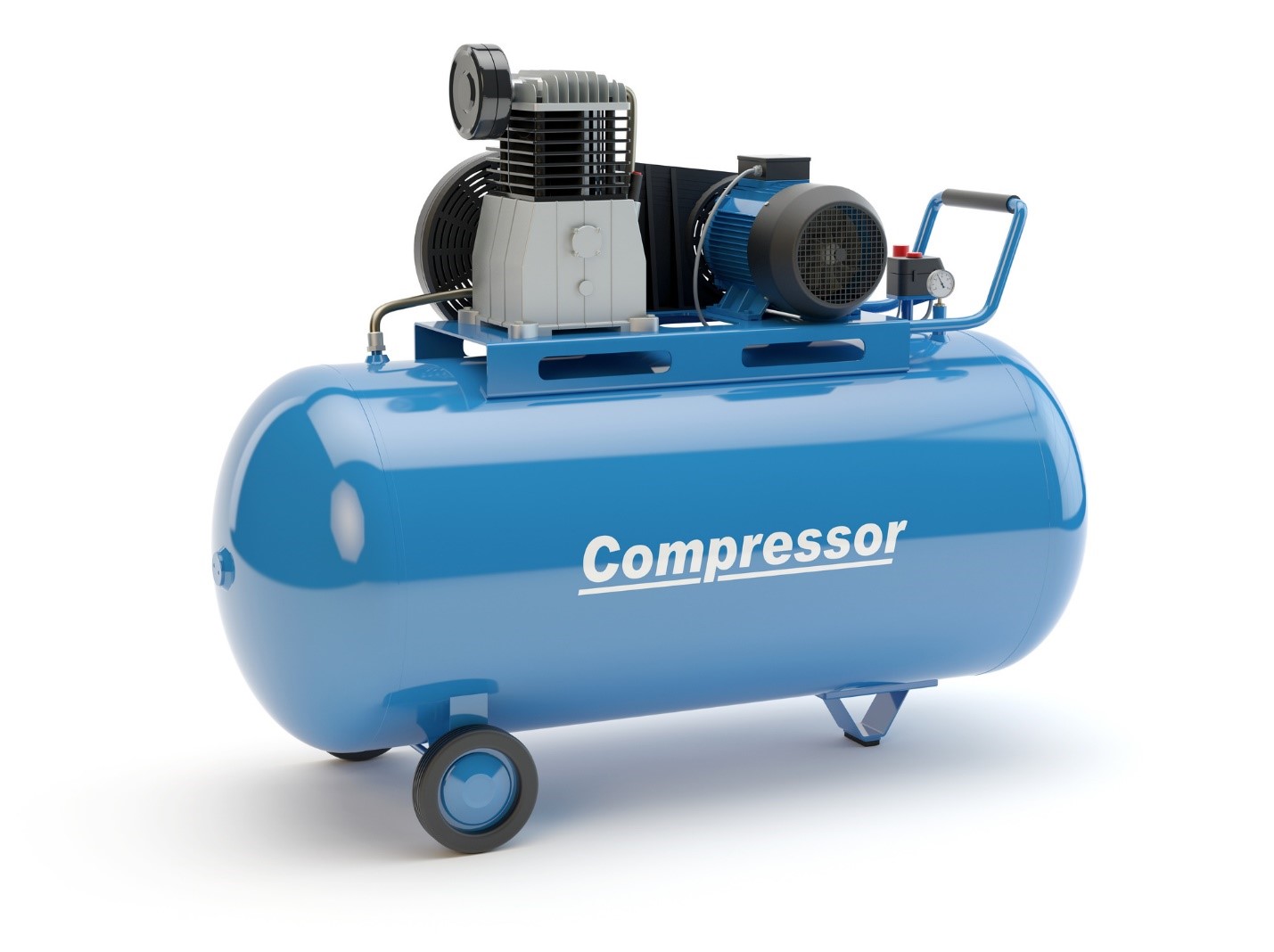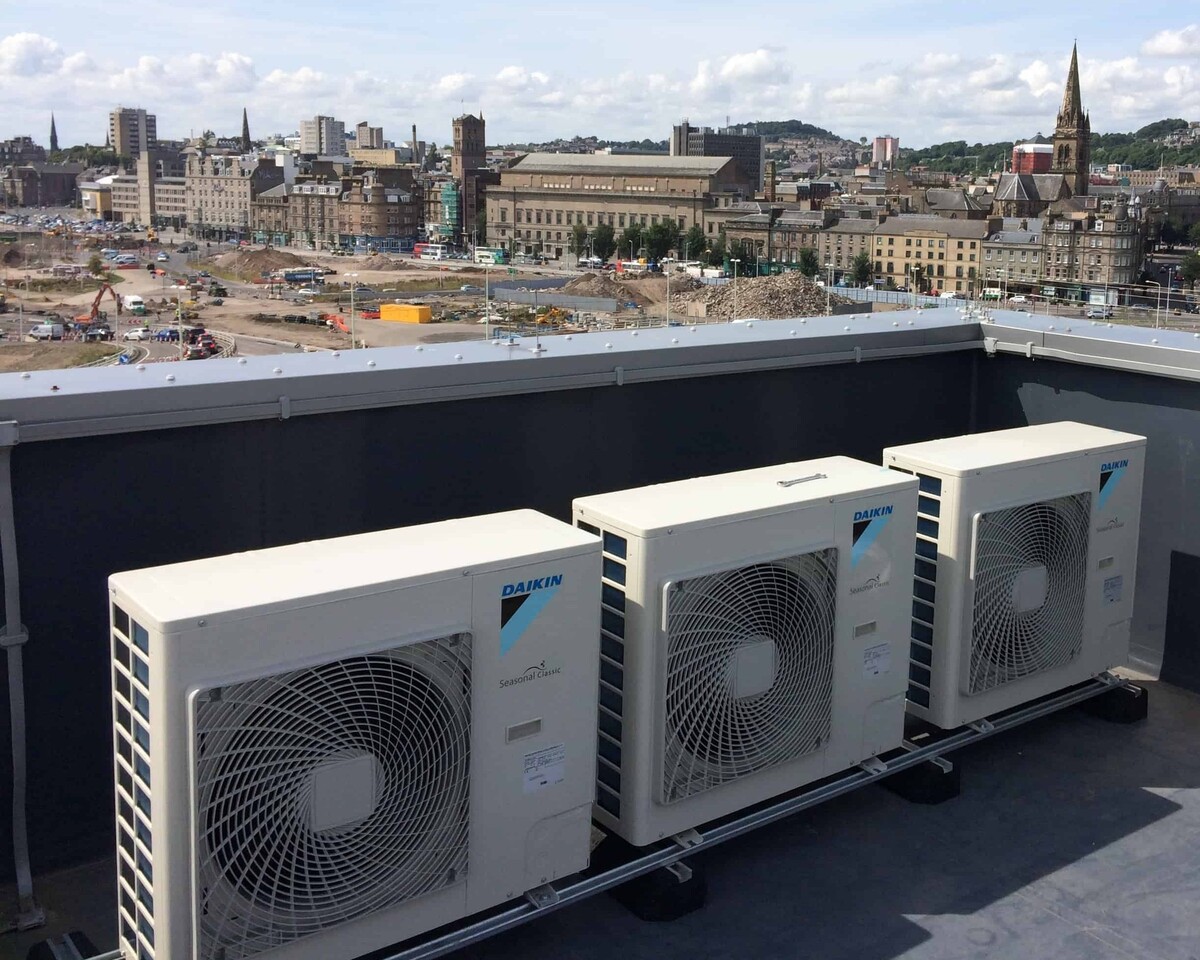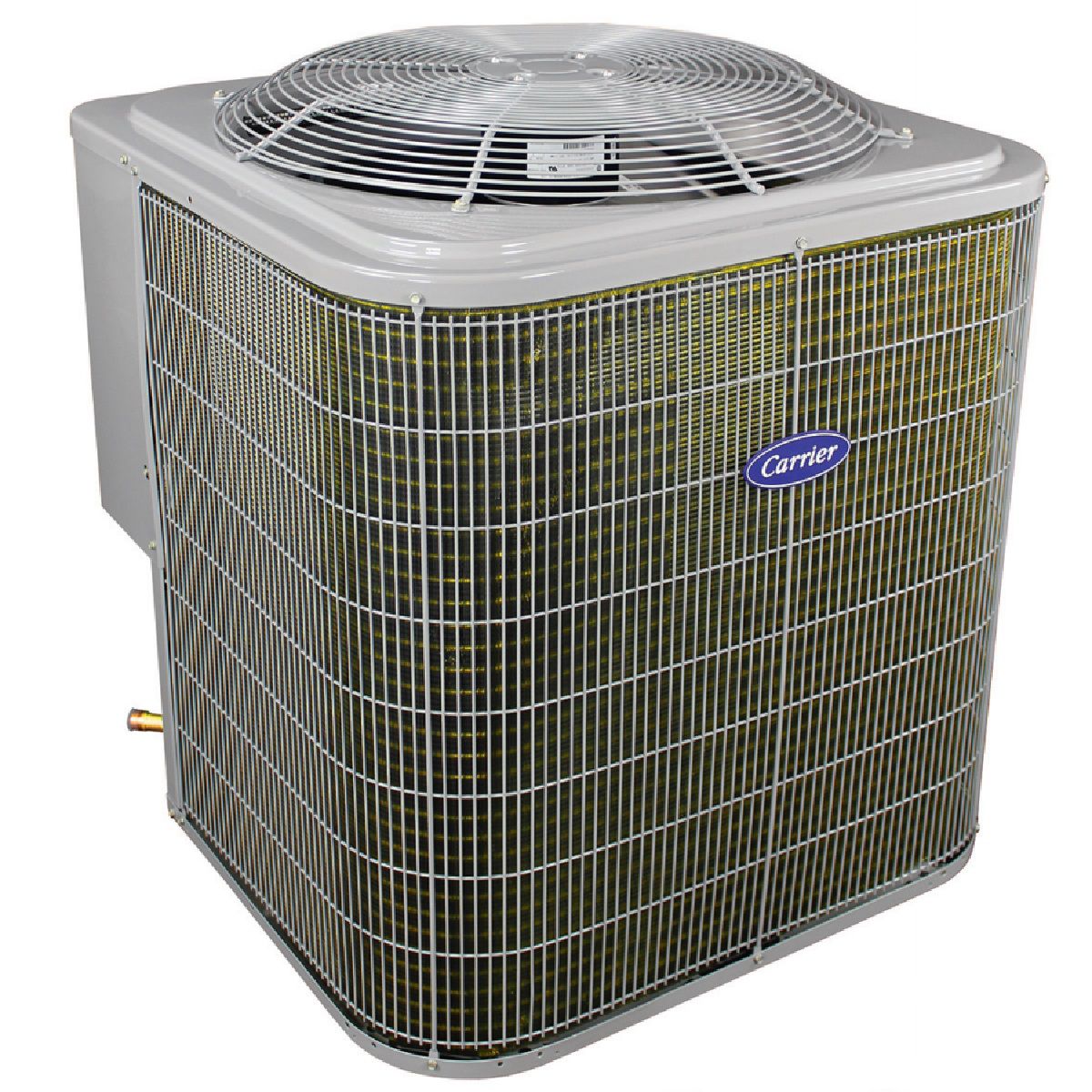Home>Home Maintenance>How To Calculate BTUs For Air Conditioning


Home Maintenance
How To Calculate BTUs For Air Conditioning
Modified: March 6, 2024
Learn how to calculate BTUs for air conditioning in your home with this comprehensive guide on home maintenance. Ensure optimal cooling efficiency and comfort with accurate BTU calculations.
(Many of the links in this article redirect to a specific reviewed product. Your purchase of these products through affiliate links helps to generate commission for Storables.com, at no extra cost. Learn more)
Introduction
Welcome to our comprehensive guide on how to calculate BTUs for air conditioning. BTUs, or British Thermal Units, are a unit of measurement used to determine the cooling capacity required for a specific space. Whether you are looking to install a new air conditioner or want to make sure your current unit is properly sized for your room, understanding and calculating the necessary BTUs is essential.
Having the right BTU rating for your air conditioner ensures optimal cooling efficiency and comfort. If your unit is undersized, it may struggle to keep your room cool, resulting in inefficient cooling and higher energy consumption. On the other hand, an oversized unit can cool the room too quickly, leading to frequent on and off cycles, inefficient energy usage, and potential humidity issues.
In this comprehensive guide, we will walk you through the step-by-step process of calculating BTUs for your air conditioning needs. We will discuss the factors that affect BTU requirements, such as room size, insulation, windows and doors, occupancy, heat-generating appliances, climate, and sunlight exposure. By understanding these factors and following our calculation method, you can ensure that your air conditioner is appropriately sized for your space.
Before we dive into the details, it’s important to note that this guide is for determining the BTUs needed for cooling purposes only. If you also want to heat your space, you will need to consider a separate calculation to determine the necessary BTUs for heating.
Now, let’s get started with understanding how BTUs work and the factors that influence the BTU calculation process.
Key Takeaways:
- Properly calculating BTUs for your air conditioner is crucial for efficient cooling and energy savings. Consider factors like room size, insulation, windows, occupancy, and climate to ensure optimal comfort.
- Understanding BTUs and following a step-by-step calculation process helps you choose the right air conditioner size for your space. Consider insulation, windows, occupancy, and climate for efficient cooling.
Understanding BTUs
Before we delve into the intricacies of calculating BTUs for air conditioning, it’s crucial to have a clear understanding of what BTUs are and how they relate to cooling. BTU, short for British Thermal Unit, is a unit of measurement used to quantify the amount of heat energy required to raise or lower the temperature of a substance.
In the context of air conditioning, BTUs are used to measure the cooling capacity of an air conditioner. It represents the amount of heat energy that an air conditioner can remove from the air in one hour. The higher the BTU rating, the more cooling power the air conditioner has.
To put it simply, the higher the BTU rating of an air conditioner, the larger the space it can effectively cool. However, it’s important to note that BTU requirements are not solely dependent on the size of the room. In fact, several factors come into play when calculating the appropriate BTUs for an air conditioner.
Factors such as room size, insulation, windows and doors, occupancy, heat-generating appliances, climate, and sunlight exposure all play a significant role in determining the required BTUs. By considering these factors and calculating the BTU requirements accurately, you can ensure that your air conditioner provides optimal cooling efficiency and comfort.
It’s also worth mentioning that other terms related to BTUs may come up when discussing air conditioning. For example, the term “ton” is frequently used and is equivalent to 12,000 BTUs. So, if you come across references to a 1-ton air conditioner, it means that it has a cooling capacity of 12,000 BTUs.
Now that you have a basic understanding of what BTUs are and their significance in air conditioning, let’s move on to exploring the various factors that influence the BTU calculation process.
Factors Affecting BTU Calculation
Calculating the correct BTU requirement for your air conditioner involves considering several key factors. These factors play a crucial role in determining the cooling capacity needed to effectively cool your space. Let’s take a closer look at each of these factors:
- Room Size: The size of the room is one of the primary factors influencing BTU calculation. Larger rooms require higher BTU ratings to ensure adequate cooling. The square footage of the room serves as the basis for determining the initial BTU requirement.
- Insulation: The level of insulation in the room affects the amount of heat exchange with the external environment. Well-insulated rooms retain cool air longer, reducing the BTU requirement. On the other hand, poorly insulated rooms may require higher BTUs to compensate for heat loss.
- Windows and Doors: The number, size, and efficiency of windows and doors impact the heat gain or loss in the room. Rooms with larger windows or single-pane windows tend to have more heat transfer, necessitating higher BTUs. Similarly, poorly insulated doors can contribute to heat infiltration, affecting the BTU requirements.
- Occupancy and Heat-Generating Appliances: The number of people occupying the room and the presence of heat-generating appliances, such as refrigerators or ovens, contribute to the heat load. With more occupants and heat-generating appliances, the cooling demand increases, requiring higher BTUs to offset the heat gain.
- Climate: The climate in which you reside plays a significant role in determining BTU requirements. Hotter climates have higher cooling demands, necessitating air conditioners with higher BTU ratings. In contrast, cooler climates may require lower BTUs to achieve the desired level of cooling.
- Sunlight Exposure: The amount of direct sunlight that enters the room affects the heat gain. Rooms with significant sunlight exposure require additional cooling, requiring higher BTU capacities to counteract the increased heat load.
Considering these factors will help you arrive at a more accurate estimation of the required BTUs for your space. In the next sections, we will guide you through the step-by-step process of calculating BTUs so that you can determine the ideal cooling capacity for your air conditioner.
Step 1: Determining the Room Size
The first step in calculating the BTUs required for your air conditioner is to determine the size of the room you want to cool. The square footage of the room is the primary factor in determining the initial BTU requirement. Here’s how you can measure and calculate the room size:
- Measure the Length and Width: Use a tape measure to measure the length and width of the room in feet. Measure the longest wall for better accuracy.
- Multiply Length by Width: Multiply the length of the room by its width to calculate the square footage. For example, if the room is 12 feet long and 10 feet wide, the square footage would be 120 square feet (12 x 10 = 120).
- Consider Room Shape: If the room has an irregular shape with multiple smaller sections, measure each section separately and add the square footage together to get the total room size.
- Account for Open Floor Plans: If you have an open floor plan where multiple rooms are connected without physical barriers, calculate the square footage of each room and add them together.
- Round Up: When rounding up, it’s best to err on the side of caution by choosing an air conditioner with a slightly higher BTU rating if your room size falls between two BTU capacities. It’s better to have a slightly larger unit to ensure efficient cooling.
Once you have determined the square footage of your room, you have a solid starting point for calculating the BTUs required for cooling. However, keep in mind that this is just the initial step, and there are additional factors to consider in the following steps to arrive at the final BTU calculation.
Now that you have the room size, let’s move on to the next step: identifying the insulation factors in the room to refine our BTU calculation.
Step 2: Identifying the Insulation Factors
In this step, we will focus on identifying the insulation factors in the room. Insulation plays a crucial role in maintaining the desired temperature and reducing the heat transfer between the room and the external environment. Here’s how you can assess the insulation factors:
- Check the Wall Insulation: Assess the type and quality of insulation in the walls. Well-insulated walls, such as those with insulation foam or double-layered drywall, provide better thermal insulation, reducing heat transfer and the BTU requirement.
- Evaluate the Ceiling Insulation: Determine the level of insulation in the ceiling or attic, if applicable. Adequate insulation in the ceiling helps retain cool air and improves energy efficiency, reducing the BTU requirement.
- Examine the Floor Insulation: Consider the presence or absence of insulation in the floor. While floor insulation is less common, it can still impact the overall insulation level in the room.
- Account for Exterior Wall Insulation: Assess the insulation quality of the exterior walls facing the elements. Insulated exterior walls better resist heat transfer, helping to maintain cooler indoor temperatures and reducing the cooling load.
- Note the General Condition: Observe any leaks, cracks, or gaps in the room’s construction that could compromise insulation. Addressing these issues will improve insulation effectiveness and potentially reduce the BTU requirement.
Based on your assessment, assign an insulation factor to the room using the following scale:
- Poor Insulation: If the room lacks proper insulation or has significant gaps and leaks, assign a factor of 1.5 to 2. This means the room requires 1.5 to 2 times the BTUs of a well-insulated room of the same size.
- Average Insulation: If the insulation level is average with minimal gaps or leaks, assign a factor of 1 to the square footage of the room. This means the BTU requirement remains the same as the initial square footage calculation.
- Good Insulation: If the room has excellent insulation with no significant gaps or leaks, assign a factor of 0.75 to 1. This means the room requires only 75% to 100% of the initial BTU calculation.
By accurately assessing the insulation factors in the room, you can further refine the BTU calculation to ensure the air conditioner’s cooling capacity meets the specific requirements of your space. With the insulation factors identified, let’s proceed to the next step: factoring in the windows and doors.
When calculating BTUs for air conditioning, consider the size of the room, insulation, and the number of occupants. Use a BTU calculator to determine the appropriate cooling capacity needed for the space.
Read more: What Is Air Conditioning
Step 3: Factoring in the Windows and Doors
In this step, we will consider the impact of windows and doors on the BTU calculation. Windows and doors are potential sources of heat gain or loss, depending on their size, efficiency, and insulation. Here’s how you can factor in the windows and doors:
- Count the Number of Windows and Doors: Note the total number of windows and doors in the room.
- Measure the Window and Door Area: Measure the width and height of each window and door in inches. Multiply the dimensions to calculate the square inches of each opening.
- Calculate the Total Window and Door Area: Add up the square inches of all windows and doors to determine the total area in square inches.
- Convert to Square Feet: Divide the total window and door area by 144 (the number of square inches in a square foot) to convert it to square feet.
- Determine the Efficiency Factor: Assess the efficiency of the windows and doors. Windows with double-pane glass or low-E coating and well-insulated doors have a higher efficiency factor and contribute less to heat gain or loss.
- Apply the BTU Per Square Foot: Multiply the total window and door area in square feet by an appropriate BTU factor. For moderately efficient windows and doors, use a factor of 1, meaning they contribute the same BTUs as the initial room size. For less efficient openings, use a higher factor (e.g., 1.5) to account for increased heat gain or loss.
By factoring in the windows and doors, you can adjust the BTU requirement to compensate for heat transfer through these openings. Keep in mind that larger or less efficient windows and doors may require additional cooling capacity, while more efficient openings may have a smaller impact on the BTU calculation.
With the windows and doors considered, we can now move on to the next step: considering occupancy and heat-generating appliances in the room.
Step 4: Considering Occupancy and Heat-Generating Appliances
In this step, we will take into account the number of occupants in the room and any heat-generating appliances present. These factors contribute to the heat load, affecting the BTU calculation. Here’s how you can factor in occupancy and heat-generating appliances:
- Assess the Number of Occupants: Determine the average number of people who typically occupy the room. Each person produces approximately 400 BTUs per hour due to body heat and activity.
- Calculate the Occupant BTUs: Multiply the number of occupants by 400 to calculate the additional BTUs needed to offset their heat contribution.
- Identify Heat-Generating Appliances: Take note of any appliances in the room that generate heat, such as refrigerators, ovens, computers, or lamps. These appliances contribute additional heat that affects the cooling load.
- Estimate the Appliance BTUs: Check the manufacturer’s specifications or energy labels to determine the BTU output or heat generation of each appliance. Add up the BTU values of all heat-generating appliances in the room.
- Consider Miscellaneous Heat Sources: Account for any other sources of heat, such as lighting fixtures or nearby rooms that transfer heat. These sources may require additional BTUs to maintain the desired temperature.
- Add Occupant and Appliance BTUs: Sum up the BTUs from occupants, heat-generating appliances, and miscellaneous heat sources. This total represents the extra cooling capacity required to offset the heat generated in the room.
By factoring in the occupancy and heat-generating appliances, you can accurately determine the additional cooling load imposed by the human presence and appliances in the room. This ensures that the air conditioner can effectively cool the space, even with the added heat contribution.
With occupancy and heat-generating appliances considered, let’s move on to the next step: adjusting for climate and sunlight exposure.
Step 5: Adjusting for Climate and Sunlight Exposure
In this step, we will consider the climate in which your space is located and the amount of sunlight exposure it receives. These factors impact the cooling demand and affect the BTU calculation. Here’s how you can make adjustments for climate and sunlight exposure:
- Evaluate the Climate: Determine the general climate of your area, whether it is predominantly hot and humid or more temperate. Hotter climates have higher cooling demands and require air conditioners with higher BTU ratings.
- Check the Sunlight Exposure: Assess the amount of direct sunlight that enters the room. Rooms with significant sunlight exposure experience increased heat gain, necessitating higher BTU capacities to counteract the additional heat load.
- Convert Sunlight Exposure to a Percentage: Estimate the percentage of time that the room receives direct sunlight. For example, if the room is exposed to direct sunlight for half the day, assign a value of 50%.
- Apply Climate and Sunlight Adjustment Factors: Multiply the total BTU requirement calculated thus far by appropriate adjustment factors. For hotter climates, use a higher factor (e.g., 1.2) to increase the cooling capacity. Similarly, multiply the total by the sunlight exposure percentage to account for the additional heat load.
By adjusting for climate and sunlight exposure, you can fine-tune the BTU calculation to match the specific cooling demands of your location. This ensures that the air conditioner can effectively handle the temperature and sunlight conditions to provide optimal cooling comfort.
With climate and sunlight exposure accounted for, we can move on to the final step: calculating the required BTUs for your air conditioner.
Step 6: Calculating the Required BTUs
In this final step, we will combine all the factors we have considered so far to calculate the required BTUs for your air conditioner. By following this step-by-step process, you can determine the ideal cooling capacity that matches the specific requirements of your space. Here’s how you can calculate the required BTUs:
- Start with the Initial Room Size: Begin with the square footage measurement of your room from Step 1. This serves as the baseline for the BTU calculation.
- Factor in Insulation: Apply the insulation factor determined in Step 2. Multiply the initial room size by the insulation factor to adjust the required BTUs based on the insulation level.
- Incorporate Windows and Doors: Add the BTUs determined in Step 3 to account for the impact of windows and doors on heat gain or loss.
- Consider Occupancy and Heat-Generating Appliances: Add the BTUs calculated in Step 4 to accommodate the heat contribution from occupants and heat-generating appliances.
- Adjust for Climate and Sunlight Exposure: Multiply the total BTU requirement from the previous steps by the appropriate adjustment factors determined in Step 5 based on climate and sunlight exposure.
- Round Up and Select the Appropriate Air Conditioner: Round up the final BTU calculation to the nearest thousand to ensure that your air conditioner has sufficient cooling capacity. Refer to air conditioner manufacturers’ specifications to choose a unit with a BTU rating that matches or exceeds the calculated requirement.
By following these steps and performing the calculations accurately, you can determine the optimal BTU rating for your air conditioner. This ensures that your air conditioner has the capacity to effectively cool your space, providing optimal comfort and energy efficiency.
Remember, proper BTU calculation is crucial for maintaining a comfortable indoor environment and optimizing the performance of your air conditioning system. In case of any uncertainties or complexities, consulting with a professional HVAC technician can provide further guidance and assistance in selecting the right air conditioner for your specific needs.
Congratulations! You have successfully learned how to calculate BTUs for your air conditioning requirements. Now, you can confidently choose an air conditioner that is properly sized for your space, ensuring comfortable and efficient cooling.
Read more: How Many BTUs Is My RV Air Conditioner
Conclusion
Calculating the required BTUs for your air conditioning needs is a critical step in ensuring optimal cooling efficiency and comfort in your space. By considering various factors such as room size, insulation, windows and doors, occupancy, heat-generating appliances, climate, and sunlight exposure, you can accurately determine the ideal cooling capacity for your air conditioner.
Starting with the initial room size, you factor in the insulation level, consider the impact of windows and doors, account for occupancy and heat-generating appliances, and adjust for climate and sunlight exposure. This step-by-step process helps refine the BTU calculation and ensures that your air conditioner is appropriately sized for your space.
Proper BTU calculation allows your air conditioner to cool your room efficiently without unnecessary energy consumption. An undersized unit may struggle to maintain a comfortable temperature, while an oversized unit can lead to inefficiency and potential humidity issues. By accurately calculating the required BTUs, you can achieve optimal cooling performance and maximize energy savings.
Keep in mind that this guide focused on calculating BTUs for cooling purposes. If you also require heating in your space, a separate calculation will be necessary to determine the BTUs needed for heating.
Remember, if you are unsure about any aspect of the BTU calculation or want to ensure accurate results, consulting with a professional HVAC technician can provide valuable insights and guidance.
Now that you have a comprehensive understanding of how to calculate BTUs for air conditioning, you are equipped with the knowledge to select the right air conditioner for your space. Enjoy the cool comfort and energy efficiency that comes from having a properly sized air conditioning system!
Frequently Asked Questions about How To Calculate BTUs For Air Conditioning
Was this page helpful?
At Storables.com, we guarantee accurate and reliable information. Our content, validated by Expert Board Contributors, is crafted following stringent Editorial Policies. We're committed to providing you with well-researched, expert-backed insights for all your informational needs.
